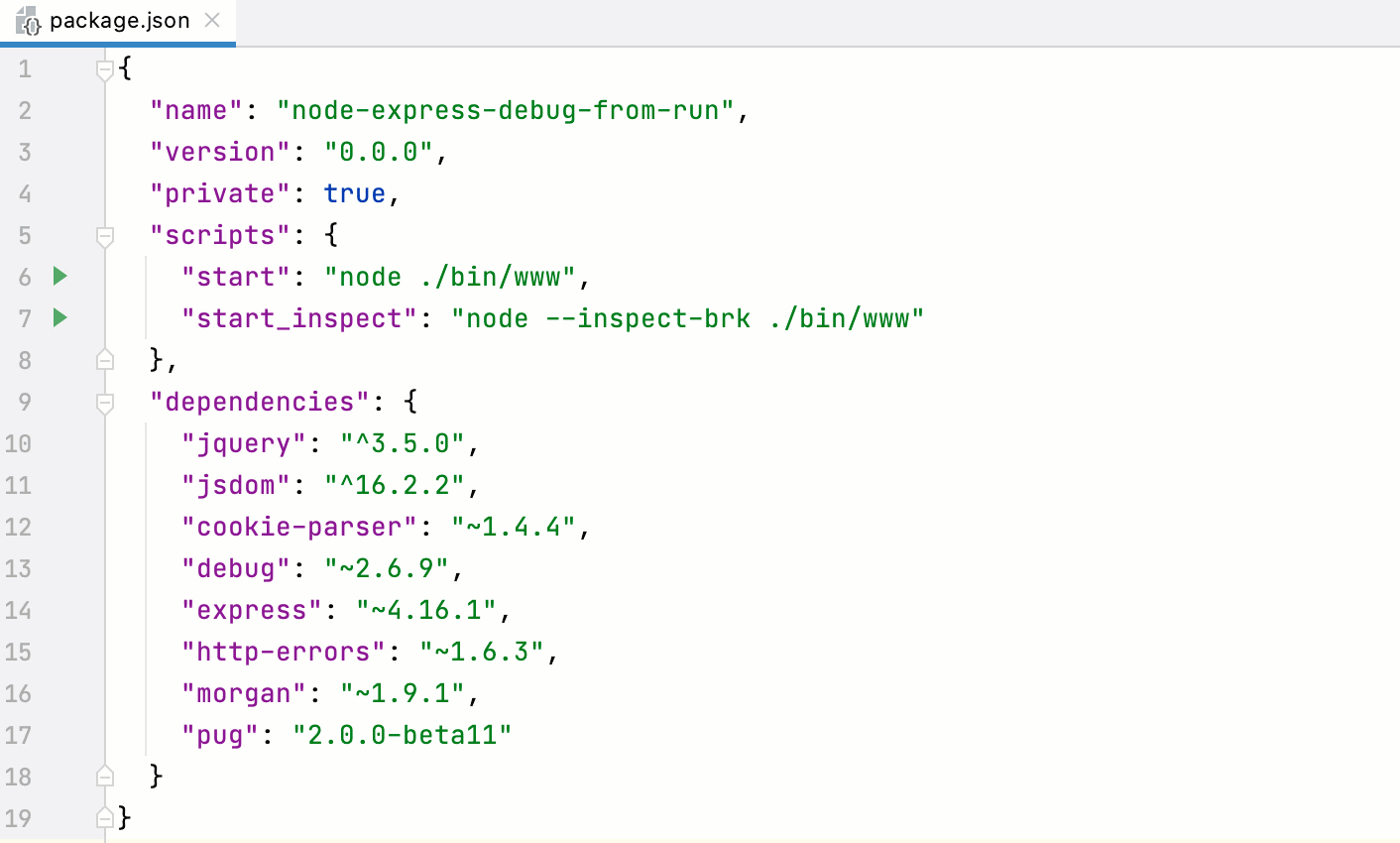

The imageProcessors array specifies the path and options for each of the image optimization tools. The activeImageProcessors array lets you specify which of the image optimization tools to use for which file types. Don’t edit this file, instead copy it to craft/config as image-optimize.php and make your changes there. The only configuration for ImageOptimize is in the config.php file, which is a multi-environment friendly way to store the default settings. ImageOptimize’s responsive image transforms will work without these tools installed, but it’s recommended that you use them to ensure the images are fully optimized.
Npm install old version of gifsicle how to#
Here’s how to install a few on Ubuntu 16.04: The ImageOptimize plugin Settings page will show you the status of your installed image optimization tools: To create client-proof optimized images with native Craft transforms, you’ll need to also install the image optimization tools of your choice. The setting you choose here will apply globally to all of your image transforms. The plugin Settings for ImageOptimize allows you to choose whether to use native Craft image transforms, or an image transform service such as imgix, Thumbor, or Sharp JS. url ) // It works with the `preset` query parameter const myImage4 = new URL ( "image.png?as=webp&w=150&h=120", import. url ) // You can omit one of the parameters to auto-scale const myImage3 = new URL ( "image.png?w=150", import. url ) const myImage2 = new URL ( "image.png?w=150&h=120", import. height/ h - allows you to set the image heightĮxamples: const myImage1 = new URL ( "image.png?width=150&height=120", import.width/ w - allows you to set the image width.The plugin supports the following query parameters: Query Parameters (only squoosh and sharp currently) data:) will be optimized or generated too, not inlined images will be optimized too. Loader optimizes or generates images using options, so inlined images via data URI (i.e. If you want to use loader or plugin standalone see sections below, but this is not recommended.īy default, plugin configures loader (please use the loader option if you want to disable this behaviour), therefore you should not setup standalone loader when you use a plugin setup. Minimizer : [ ".", new ImageMinimizerPlugin ( Advanced setup const ImageMinimizerPlugin = require ( "image-minimizer-webpack-plugin" ) Recommended imagemin plugins for lossy optimization npm install imagemin-gifsicle imagemin-mozjpeg imagemin-pngquant imagemin-svgo -save-devįor imagemin-svgo v9.0.0+ need use svgo configuration Recommended imagemin plugins for lossless optimization npm install imagemin-gifsicle imagemin-jpegtran imagemin-optipng imagemin-svgo -save-dev imagemin-svgo can be configured in lossless and lossy mode.Įxplore the options to get the best result for you.imagemin-mozjpeg can be configured in lossless and lossy mode.Npm install image-minimizer-webpack-plugin svgo -save-dev Npm install image-minimizer-webpack-plugin sharp -save-dev Npm install image-minimizer-webpack-plugin -save-dev Imagemin uses plugin to optimize/generate images, so you need to install them too Npm install image-minimizer-webpack-plugin imagemin -save-dev To begin, you'll need to install image-minimizer-webpack-plugin and image minimizer/generator: Supports only SVG files minification.īy default we don't install anything Install optimize/generate tool svgo - tool for optimizing SVG vector graphics files.sharp - High performance Node.js image processing, the fastest module to resize and compress JPEG, PNG, WebP, AVIF and TIFF images.squoosh - while working in experimental mode with.imagemin - optimize your images by default, since it is stable and works with all types of images.This plugin can use 4 tools to optimize/generate images: Generate webp images from copied assets.
Npm install old version of gifsicle generator#
Generator example for user defined implementation.Single minimizer example for user defined implementation.



 0 kommentar(er)
0 kommentar(er)
